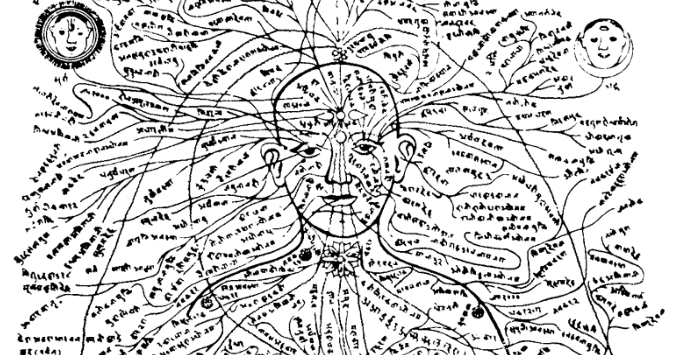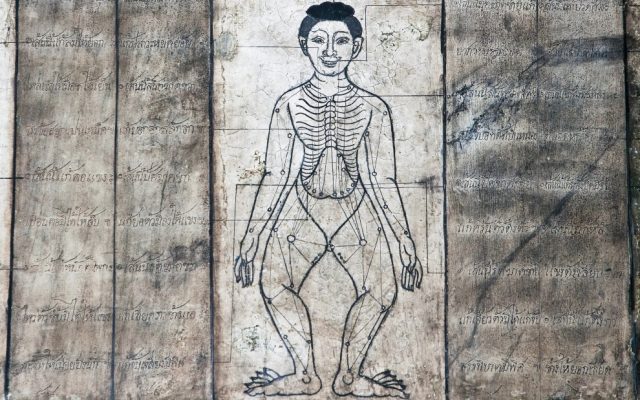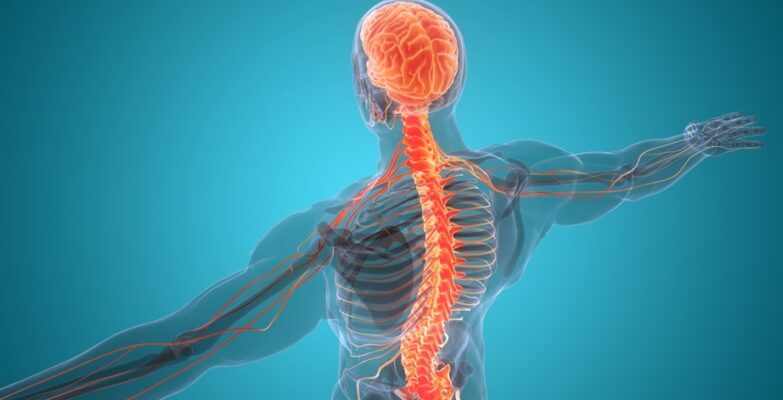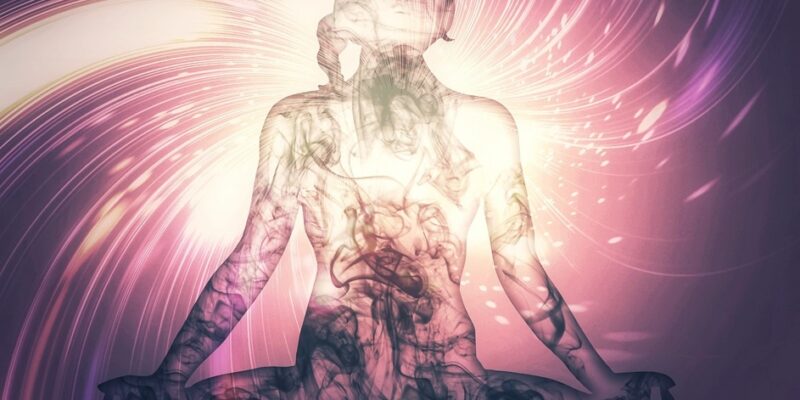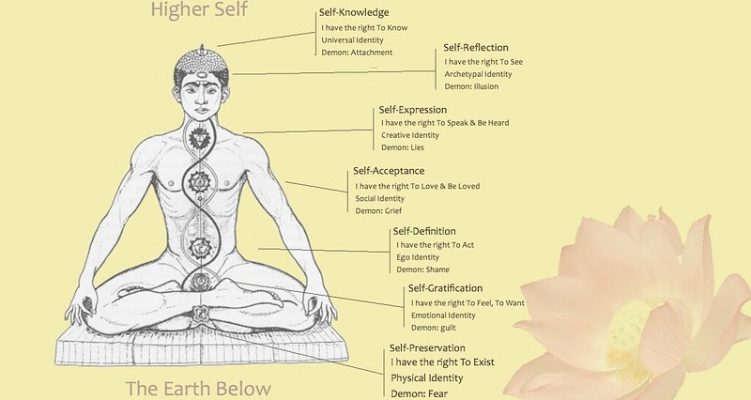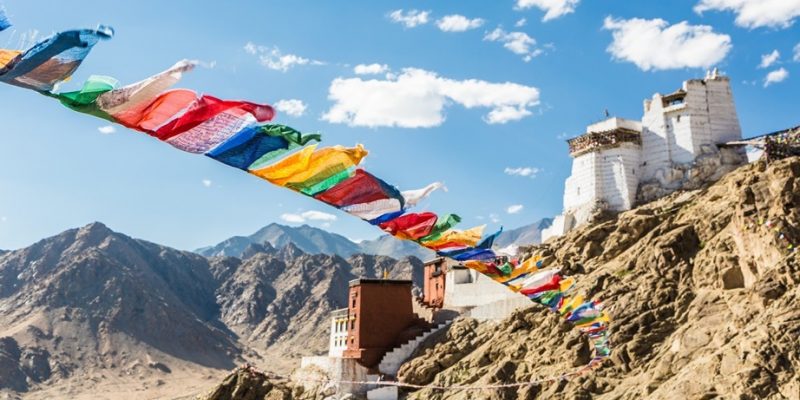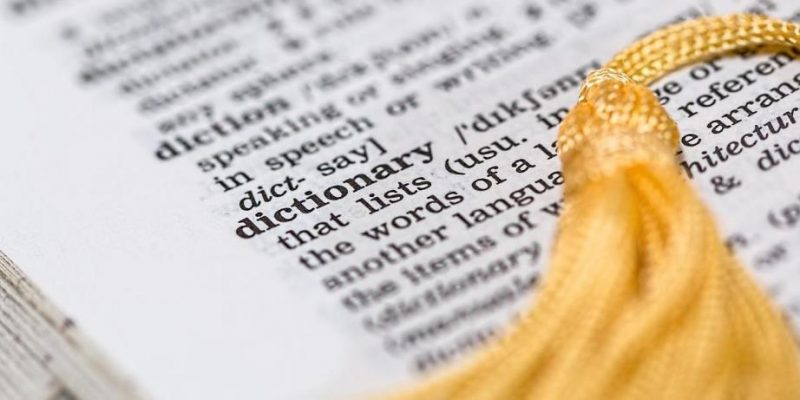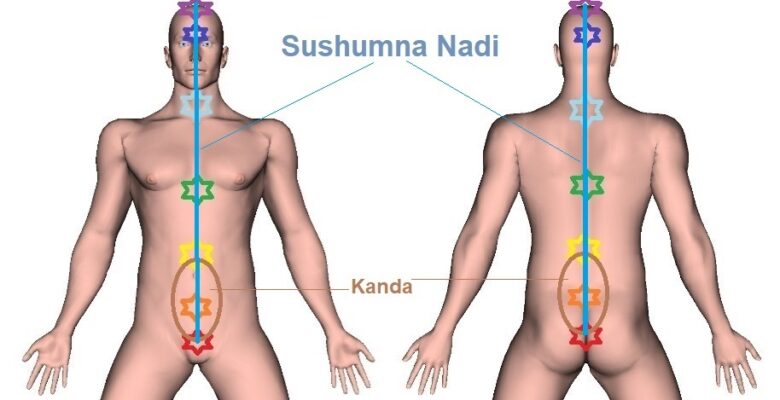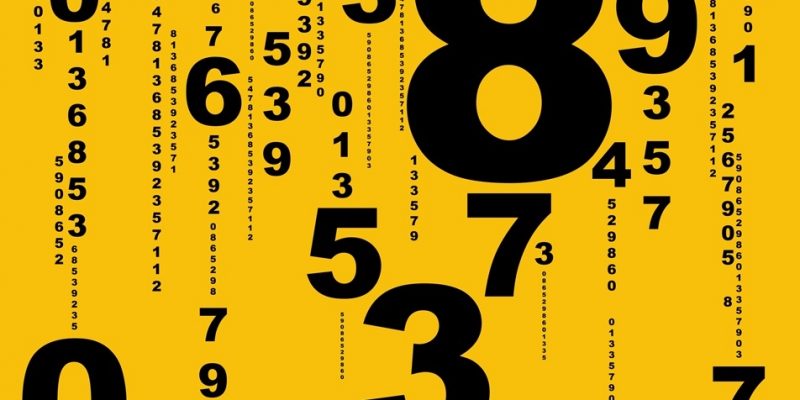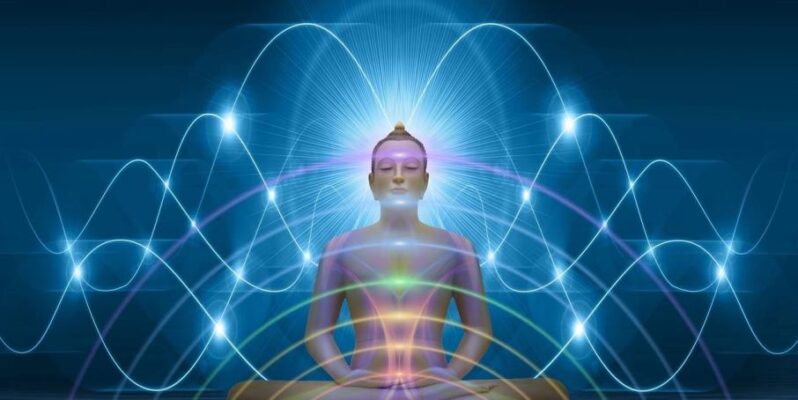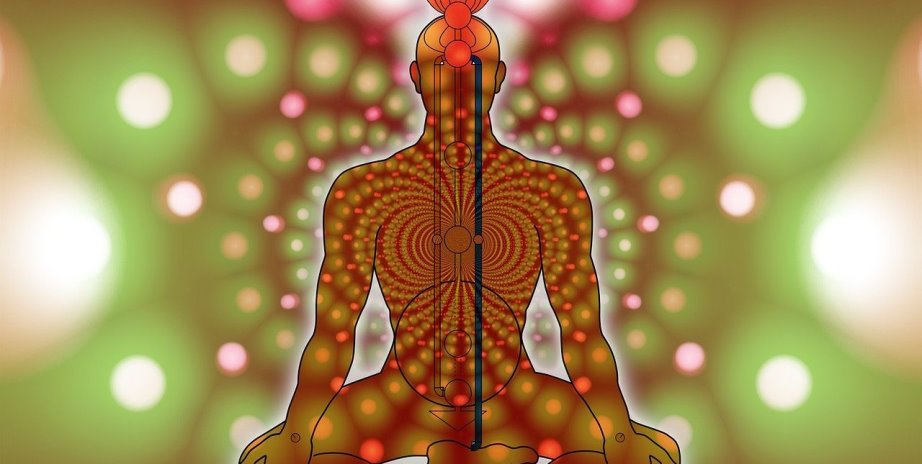
Depending on a variety of ancient Indian scriptural sources, the total number of Nadis (and sub-Nadis) is thought to be 101, 72000, 80000, or 350000, or sometimes even millions.
Nevertheless, usually only 14 Nadis are considered specifically important, and among those, Sushumna Nadi (Susumna), Ida Nadi, and Pingala Nadi are thought to be of most significance. This number of fourteen principal Nadis is mentioned in many ancient texts about Yoga, for instance, in the Shandilya Upanishad, the Darshana Upanishad, and Shiva Samhita scriptures. They’re also known as the Caturdasha Nadi (i.e. “fourteen Nadis”).

The Darshana Upanishad mentions: “The Nadi located in the middle of the knot of the navel is Susumna. Seventy-two thousand Nadis stand around it. Among them, fourteen Nadis are important.”
In the Shiva Samhita text it’s stated that: “In the body of man there are 350,000 Nadis; of them the principal are fourteen.”
Then, another example, in the Bhavana Upanishad: “Alambusa, Kuhu, Visvodara, Varana, Hastijihva, Yasovati, Payasvini, Gandhari, Pusa, Sankhini, Sarasvati, Ida, Pingala and Susumna — these fourteen arteries are the fourteen powers.”
Mind that there are also other numbers, such as stated in the Shiva Swarodaya writings in which it’s mentioned that there are ten principal and important Nadis. These ten Nadis, by the way, are included in the primary set of fourteen major Nadis.
In the Dhyana Bindu Upanishad, for instance, it’s written: “Above the genital organ and below the navel is Kanda of the shape of a bird’s egg. There arise (from it) Nadis seventy-two thousand in number. Of these seventy-two are generally known. Of these, the chief ones are ten and carry the Pranas. Ida, Pingala, Susumna, Gandhari, Hastijihva, Pusha, Yasasvini, Alambusa, Kuhuh and Sankhini are said to be the ten.”
Typically, the fourteen Nadis are considered the most important Nadis because they correlate to the doorways, openings, orifices, apertures, or gates of the body, which are considered the primary locations for reception and distribution of Prana Life Energy, and a connection between the inside and outside of the body.

“Each Nadi is responsible for the functioning of one opening.” (Yoga Chudamani Upanishad)
“Thus the ten Nadis conduct through the ten apertures.” (Siddha Siddhanta Paddhati)
“The body is a city of ten gates. Ten kinds of airs travel through the ten kinds of high-ways of Nadis there. It is connected with ten organs of perceptions and motor actions.” (Yoga Shikha Upanishad)
At any rate, these openings, gates, or energy exchange centers are thought to be: the crown of the head (fontanel), left nostril, right nostril, left eye, right eye, left ear, right ear, mouth, urethra (genitals), anus, navel (umbilicus), feet (toes), hands (fingers), and the skin.
The 14 Main Nadis
Below then an enumeration of the fourteen primary Yoga Nadis, with inclusion of their differing spellings and/or alternative names. You may follow the links to obtain more info and details about a specific Nadi.
- Sushumna Nadi (Susumna, Brahma, Saraswati, Agni, Jnana);
- Ida Nadi (Chandra, Eda, Candra, Sasi, Sashi, Shashi, Vali, Vala, Vama, Bhagavati, Ganga);
- Pingala Nadi (Pingalika, Surya, Dumbhini, Yamina, Yamuna, Aksara, Kalagni, Rudri, Candi);
- Gandhari Nadi (Ghandari, Gandahari, Gandhara, Gandharika);
- Hastijihva Nadi (Hasti-Jihva, Hastajihva, Hasit-Jivaha, Hastijihvika, Jihva, Hasti Jeeva, Ibhajihva, Karijihvika, Hasta Jihwa);
- Yashaswini Nadi (Yajasvini, Yasasvini ,Yashaswani, Yasaswani, Yashasvina, Yashasvati, Yasovati, Eka);
- Pusha Nadi (Pusa, Poosa, Pushaa);
- Alambusha Nadi (Alambusa, Alamboosa, Alampusa);
- Kuhu Nadi (Kuhuh, Kuhoo, Guhu);
- Shankhini Nadi (Sankini, Sankhini, Shamkini);
- Payaswini Nadi (Payasvini, Hamsini);
- Saraswati Nadi (Sarasvati, Suvani);
- Varuna Nadi (Varuni, Varana);
- Vishvodhara Nadi (Visvodara, Vishwadora, Vishwodari).
Gates and Endpoints of the 14 Nadis
Below you’ll find the relationship with the openings (gates, doors, or orifices) to which the fourteen Nadis are said to connect to, typically being the ending or termination points of a principal Nadi.
Mind that some classical scriptures claim that several of the Nadis mentioned here have other (main) termination points (or other important intermediary locations), but the endpoints listed further below are the most commonly accepted ones.
Note also that, in general, most ancient Yoga sources agree that all the Nadis have their starting point in the Kanda (also referred to as Kandasthana), that is, in the navel i.e. lower abdominal area. Nevertheless, you’ll also find that important classical texts mention that the Nadis originate in the heart (or heart region).
- Sushumna, ending at the crown of the head (the fontanel, also called Brahma Randhra or Brahmarandhra), connected with the Tenth Gate;
- Ida, ending at the left nostril, connected with the Ninth Gate;
- Pingala, ending at the right nostril, connected with the Eighth Gate;
- Gandhari, ends at the left eye, connected with the Seventh Gate;
- Hastijihva, ends at the right eye, connected with the Sixth Gate;
- Yashaswini, ending at the left ear, connected with the Fifth Gate;
- Pusha, ends at the right ear, connected with the Fourth Gate;
- Alambusha, ends in the mouth (connected with the Third Gate), or alternatively ends in the anus (connected with the First Gate);
- Kuhu, ends in the genitals, connected with the Second Gate;
- Shankhini, ends at the anus, connected with the First Gate;
- Payaswini, ends at the right ear, connected with the Fourth Gate;
- Saraswati, ends in the mouth (tip of the tongue), connected with the Third Gate;
- Varuna, extends throughout the entire body, connected with the feet (toes), hands (fingers), and the skin;
- Vishvodhara, located in and around the navel (umbilicus), residing within the Kanda (navel area).






